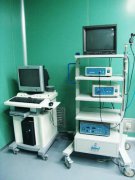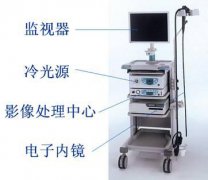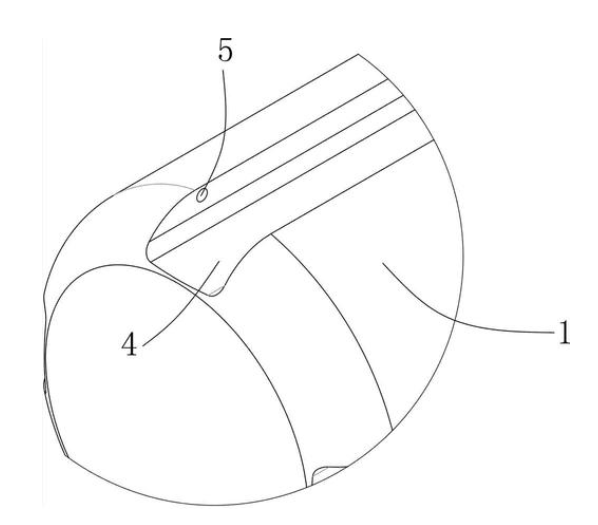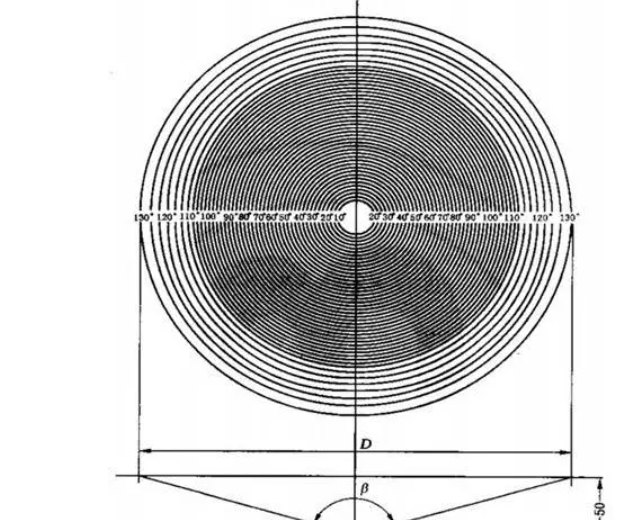Endoscope is a commonly used medical device. When in use, the endoscope is introduced into the organ for pre-examination through the natural passage of the human body, or through a small incision made by surgery, and can directly observe the changes in the relevant part to adopt the methods of diagnosis and treatment. In recent years, as the brands and types of endoscopes in various medical units have been continuously updated and increased, the types of endoscopes have become more and more advanced and complex in technology, and maintenance work has become increasingly important. Maintenance management has become an important part of equipment management. component. As the leaders of the department, equipment department, and hospital management, they are extremely careful in choosing repairs and maintenance. Especially when the fault occurs, send it to the manufacturer designated company for repair or send it to a third party for repair? Or is there any other way to reduce the failure rate of equipment so as to reduce unnecessary maintenance? Through the following expressions, I believe that everyone will have the answer they want...
People: the operating habits of medical staff, the habits of cleaning and disinfecting staff, the degree of cooperation of patients, etc.;
Machine: the characteristics of its own equipment, cleaning and disinfection, cooperation with diagnosis and treatment and other related equipment;
Environment: Use environment, storage environment, and important management system environment.
In addition, we also need to understand the following maintenance and repair concepts: 2 PM, 2 CM, and 1 SM.
1. Preventive Maintenance (Preventive Maintenance): All activities performed to prevent functional failures through systematic inspection, equipment testing and replacement of products and to keep them in a prescribed state. It can include adjustment, lubrication, periodic inspections, etc.
2. Predictive Maintenance (PredictiveMaintenance): Collect, analyze and judge equipment deterioration trends, fault locations, causes, predict changes and developments, and propose preventive measures to prevent and control possible failures through the use of various means to collect data and signals.
3. Corrective Maintenance (Corrective Maintenance), also known as corrective maintenance, is mainly used in the period of equipment wear and tear. According to the "bathtub curve" of the equipment, during the period of wear and tear of the equipment, there are various failure conditions such as aging, wear, hardening, deformation, cracking, corrosion, and fatigue. Continued operation will cause more serious failure consequences.
4. Correction Maintenance (Correction Maintenance) is also called fault repair, that is, unplanned repairs performed when equipment fails or its performance or accuracy drops below the qualified level.
5. Selective Maintenance (Selective Maintenance) is a maintenance method that mainly replaces faulty parts and does not replace parts whose performance and accuracy have been reduced to a qualified level.
At present, the after-sales management of most original factories on the market is relatively standardized. Most of them have "improved maintenance and after-sales maintenance", and very few "selective maintenance". Most of the added value of after-sales will include "preventive maintenance and predictive maintenance". ; Of course, some of the few agent companies designated by the original factory will also use these methods to over-maintain. However, some bad third-party repairs are relatively small in scale. Most of them will be "selective repairs", rarely "after-the-fact repairs", and "improved repairs" are basically not done. Most of the parts used are imitations, such as core parts. Most of the time is the usable parts removed from scrap equipment abroad, but it is believed that when the market develops to a certain stage in the near future, the power of third parties will continue to change and increase.
No matter what maintenance method is used to send for repair, after each failure, it is necessary to understand which link caused the failure, analyze the cause of the failure, make improvement plans, and strictly implement it. Only in this way can the same failure be avoided next time.
More than 2000 years ago, our ancestors’ principles of disease prevention and treatment in Chinese medicine were: "Prevent diseases before they occur, prevent changes in existing diseases, and prevent reversion after they are cured." These words are a very good interpretation of the central idea of medical endoscope maintenance guidance!
![]() Phone Number:0755-26943630
Phone Number:0755-26943630![]() Phone Number:0755-26943630
Phone Number:0755-26943630






![]()
